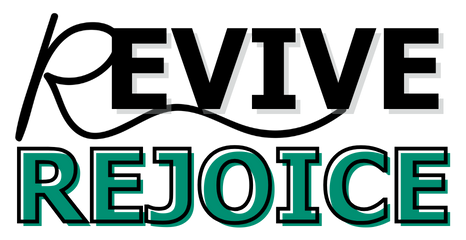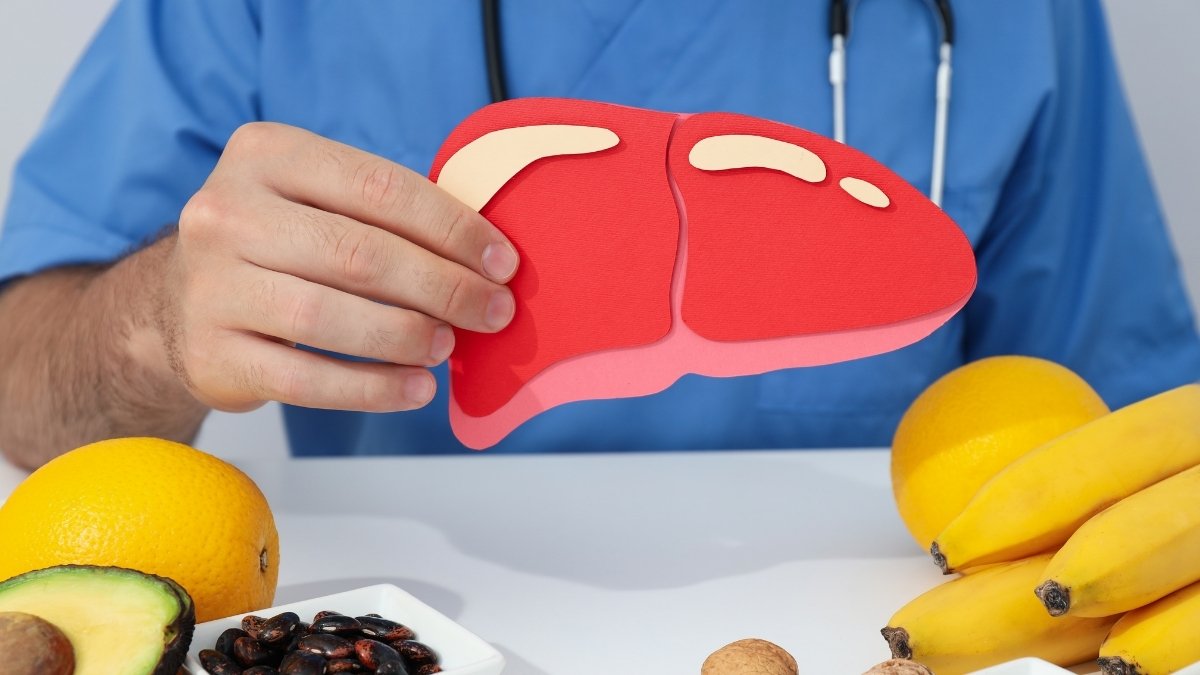15 Foods to Avoid If You Have Fatty Liver Disease (They Are Quietly Destroying Your Liver)
Your liver processes over 500 vital functions daily, but certain foods can turn this powerhouse organ into a storage unit for dangerous fat. With 25% of US adults now affected by fatty liver disease, this silent epidemic is spreading rapidly.
After diagnosis, most people don’t know where to start with improving their liver health. This guide reveals 15 specific foods to avoid fatty liver disease progression, giving you clear action steps to protect your liver.
Based on latest hepatology research and clinical guidelines, these evidence-based recommendations will help you make informed choices about foods that directly worsen fatty liver disease.
🍔 Why Your Favorite Foods Are Quietly Destroying Your Liver
Your liver works overtime every day, but certain foods make this job much harder than it should be
⚠️
How Fat Gets Trapped in Your Liver
Too much sugar floods your system faster than your liver can process it
Fat builds up in hepatocytes (liver cells) like cars stuck in traffic
Trapped fat triggers dangerous inflammation in liver tissue
Your body stops responding to insulin, storing even more fat
This Creates a Dangerous Cycle
📊
The Scary Numbers
🚫
The Worst Food Offenders
⚡
When Fat Becomes Scarring
Constant inflammation damages liver tissue → Healthy cells get replaced by scar tissue → This process is called fibrosis
🎉 The Good News!
Your fatty liver diet choices can reverse this damage.
Cut the processed foods. Your liver will thank you.
1. Sugary Beverages and Sodas
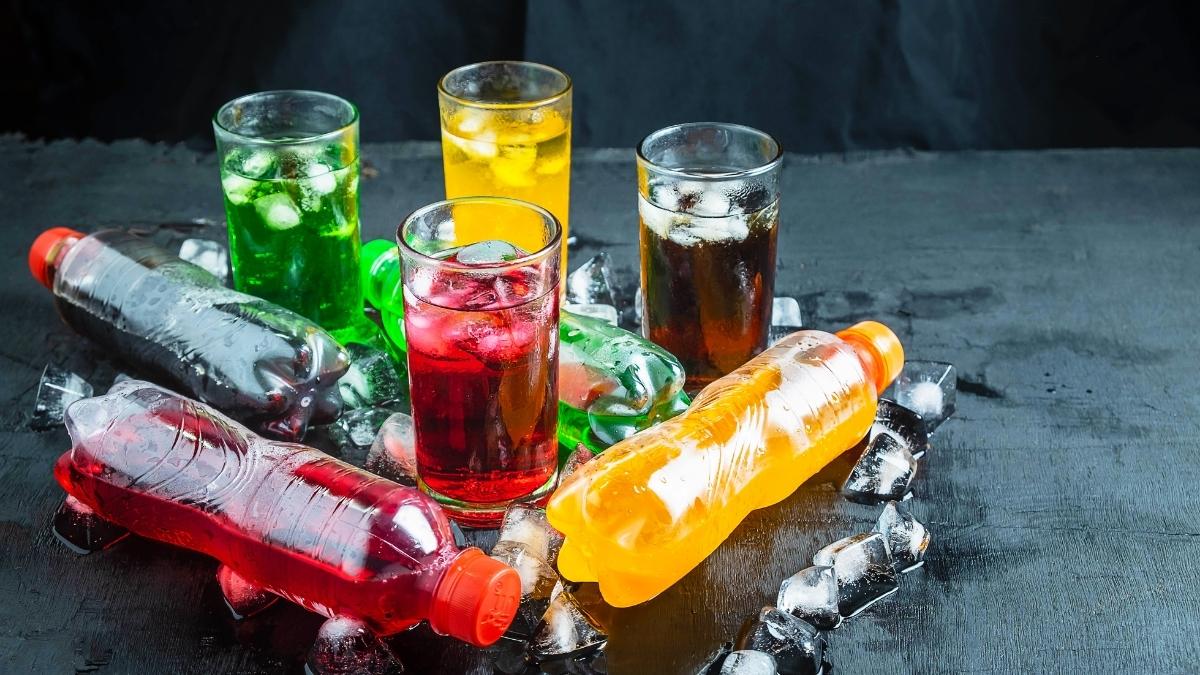
Your liver turns fructose directly into fat. That’s exactly what happens when you drink soda or sweetened drinks. High fructose corn syrup doesn’t need to be digested first. It goes straight to your liver and becomes fat storage.
One 20-ounce soda contains about 65 grams of sugar. That’s like eating 16 teaspoons of sugar at once. Your liver gets overwhelmed trying to process all that fructose. Research shows people who drink sugary drinks daily have a 46% higher risk of developing fatty liver disease.
Diet sodas aren’t much better. The artificial sweeteners can still trigger sugar cravings and mess with your metabolism. Your best bet? Switch to water with lemon, unsweetened tea, or sparkling water with a splash of real fruit juice.
The sugar rush feels good for about 20 minutes. Then your blood sugar crashes and you feel worse than before. Your liver pays the price every single time.
2. Fried Foods and Trans Fats
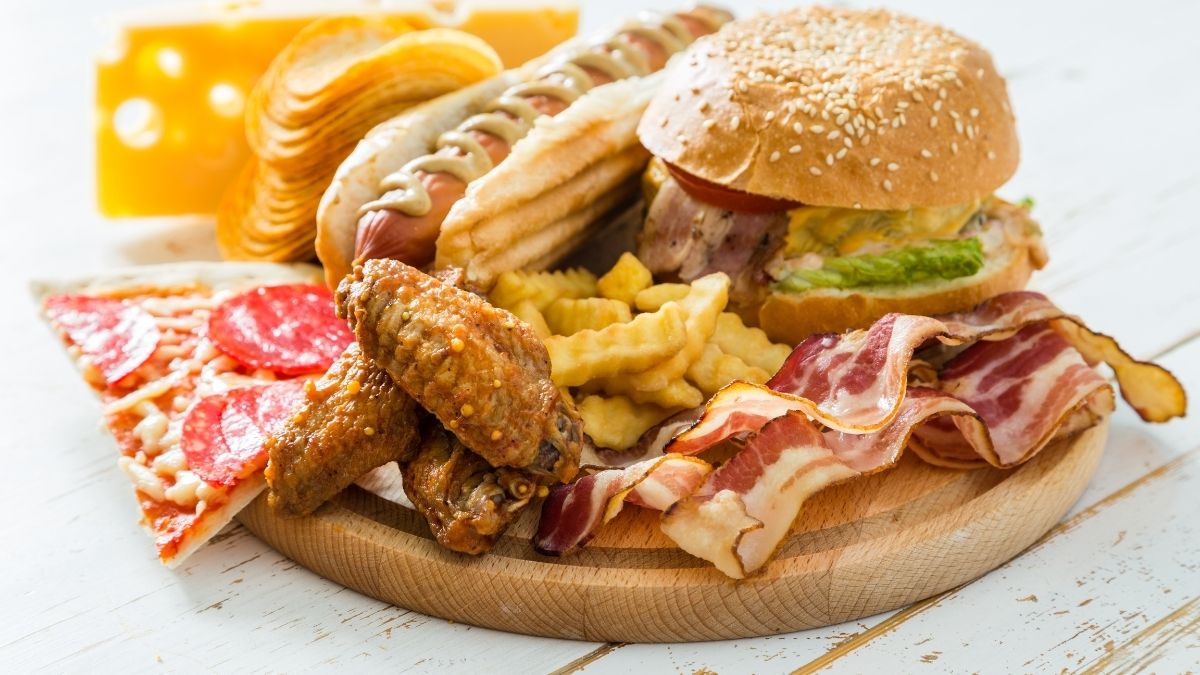
Trans fats are basically poison for your liver. They create inflammation throughout your body and make fatty liver disease much worse. When you eat fried foods, you’re flooding your system with these harmful fats.
French fries, fried chicken, donuts, and most commercial baked goods contain trans fats. Even foods labeled “trans fat-free” can still have up to 0.5 grams per serving. The trans fats trigger inflammatory pathways that damage liver cells and make them store more fat.
Your liver has to work overtime to process these artificial fats. It can’t break them down easily, so they build up in your system. This creates oxidative stress that damages healthy liver tissue.
Try baking, grilling, or air-frying instead. Use healthy oils like olive oil or avocado oil. Season your food with herbs and spices for flavor without the liver damage. Your taste buds will adjust, and your liver will thank you.
3. Processed Meats
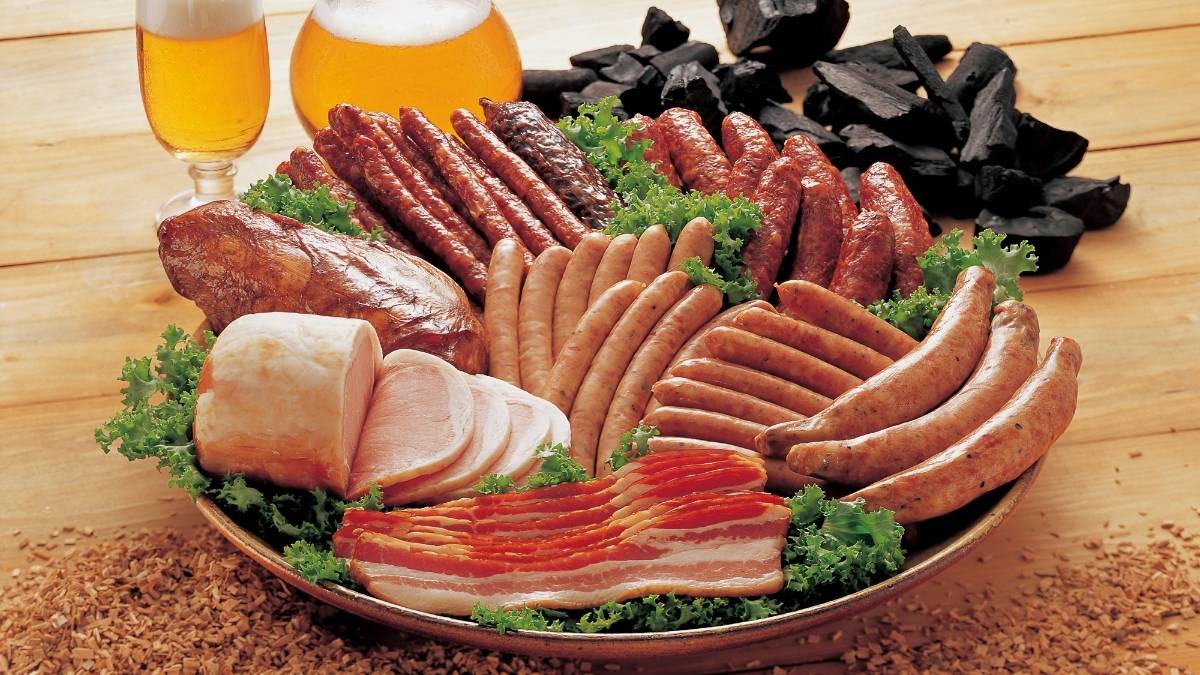
Bacon, deli meats, hot dogs, and sausages combine three things your liver hates: nitrates, excess sodium, and saturated fat. This triple threat creates inflammation and makes your liver work much harder than it should.
Nitrates are preservatives that keep processed meats looking fresh and colorful. But they form harmful compounds in your body that can damage liver cells. The high sodium content causes water retention and puts extra stress on your liver’s filtering system.
Most processed meats also contain way too much saturated fat. Your liver has to process all that fat, and when it’s already struggling, this extra load can push it over the edge. The combination creates a perfect storm for liver damage.
Choose fresh, lean proteins instead. Grilled chicken breast, fish, turkey, or plant-based proteins give you what you need without the harmful additives. Season them yourself with herbs and spices. You’ll get better flavor and much better health.
4. White Bread and Refined Grains
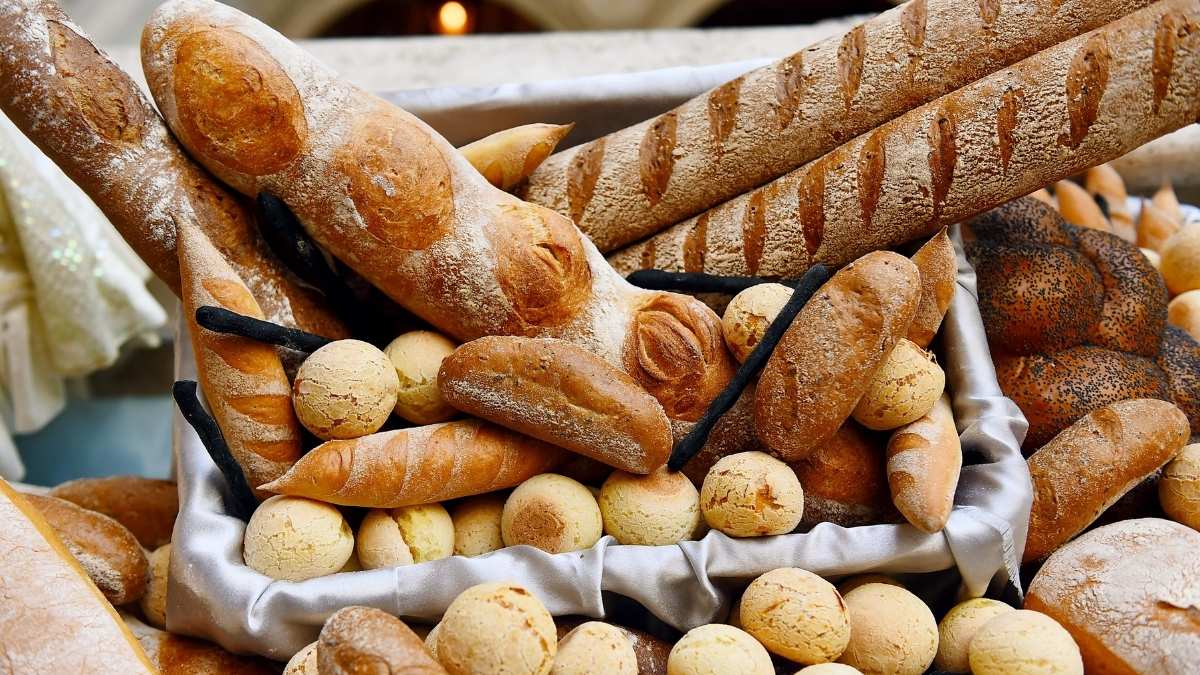
White bread hits your bloodstream like pure sugar. It causes rapid blood sugar spikes that lead to insulin resistance. When your cells become resistant to insulin, your liver starts storing more fat.
Refined grains like white bread, instant rice, and crackers have been stripped of their fiber and nutrients. Your body processes them almost as fast as candy. This creates the same metabolic chaos that leads to fatty liver disease.
The constant blood sugar rollercoaster makes your liver work overtime. It has to constantly switch between storing and releasing glucose. This exhausts your liver’s energy reserves and makes it store more fat for future use.
Switch to whole grains that still contain their fiber. Try whole wheat bread, brown rice, quinoa, or oats. The fiber slows down digestion and prevents those dangerous blood sugar spikes. Your liver gets a much more manageable, steady supply of energy instead of getting overwhelmed all at once.
5. Candy and High-Sugar Desserts
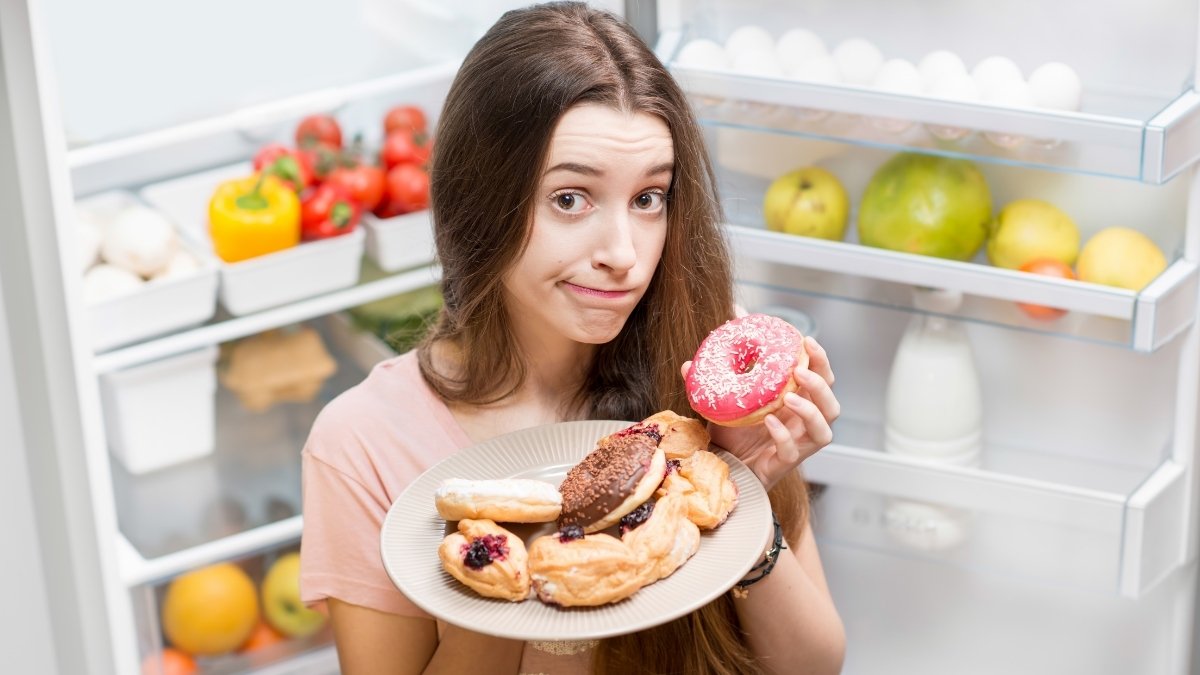
Candy is concentrated fructose delivered straight to your liver. Gummy candies, hard candies, and sugar-loaded desserts bypass normal digestion. They flood your liver with more sugar than it can handle at once.
Your liver can only process about 25 grams of fructose per hour. Most candy contains way more than that in a single serving. The excess gets converted directly to liver fat. Ice cream, pastries, and other high-sugar desserts do the same thing.
The problem isn’t just the amount of sugar. It’s how fast it hits your system. When you eat an apple, the fiber slows down sugar absorption. Candy delivers that same amount of sugar in seconds instead of minutes.
Try natural sweeteners in moderation. Fresh fruit gives you sweetness plus fiber, vitamins, and antioxidants. Dark chocolate with at least 70% cacao is another option. Or make desserts using dates, stevia, or small amounts of honey instead of refined sugar.
6. Alcohol (Even Small Amounts)

If you have fatty liver disease, alcohol is off-limits. Period. Even small amounts create a double burden on your already struggling liver. The “moderate drinking is healthy” advice doesn’t apply to people with liver problems.
Your liver has to process alcohol as a toxin. This takes energy away from its other jobs, like processing fats and filtering blood. When your liver is already storing too much fat, alcohol makes everything worse.
Alcohol also changes how your liver processes other nutrients. It can make fatty liver disease progress faster toward more serious conditions like cirrhosis. Even one drink per day can slow down your liver’s healing process.
The good news? Your liver can start recovering quickly once you stop drinking completely. Most people notice improvements in liver function within just a few weeks. Stick with mocktails, sparkling water with fruit, or other alcohol-free options while your liver heals.
7. High-Sodium Processed Foods
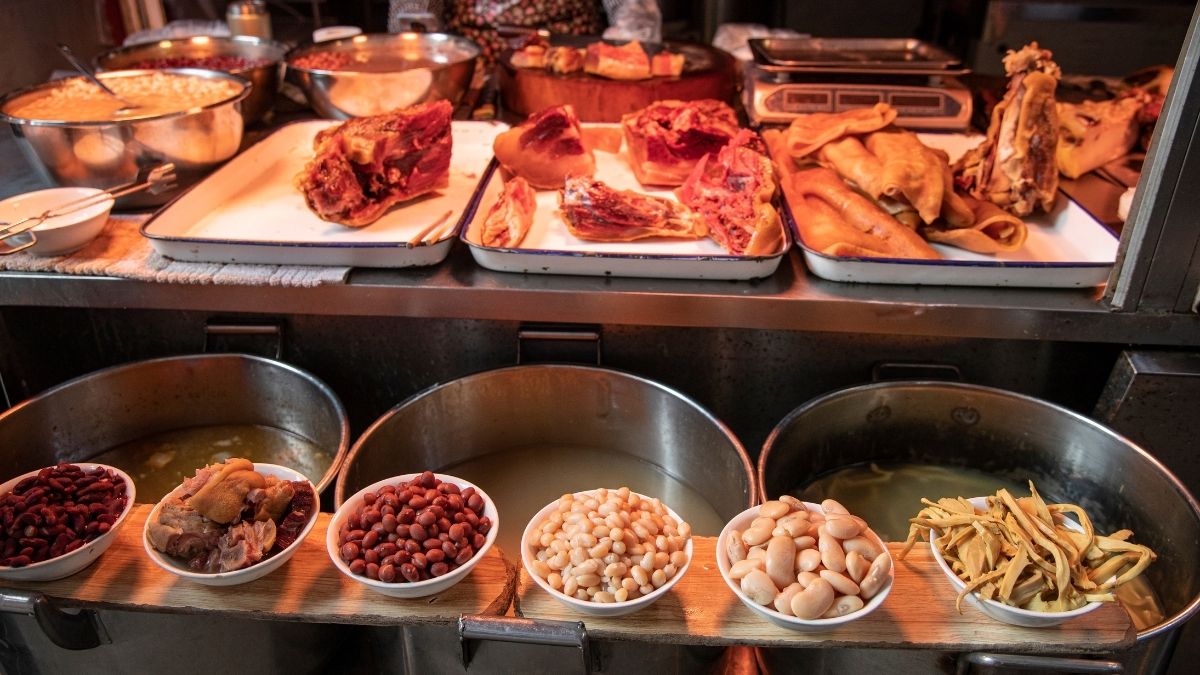
Too much sodium creates inflammation throughout your body, including in your liver. It also causes water retention that makes your liver work harder to filter your blood. Canned soups, frozen dinners, and salty snacks are some of the worst offenders.
Most processed foods contain 3-4 times more sodium than you need. This excess salt triggers inflammatory pathways that damage liver cells. The inflammation makes fatty liver disease worse and slows down healing.
Sodium also affects how your body processes fats and sugars. High-sodium diets can worsen insulin resistance, which leads to more fat storage in your liver. It’s a vicious cycle that keeps your liver sick.
Read labels carefully. Look for foods with less than 400mg of sodium per serving. Use herbs, spices, lemon juice, and vinegar to add flavor without the salt. Cook more meals at home where you control the sodium content. Your liver will start healing faster when you reduce the inflammatory load.
8. Fast Food Burgers and Pizza
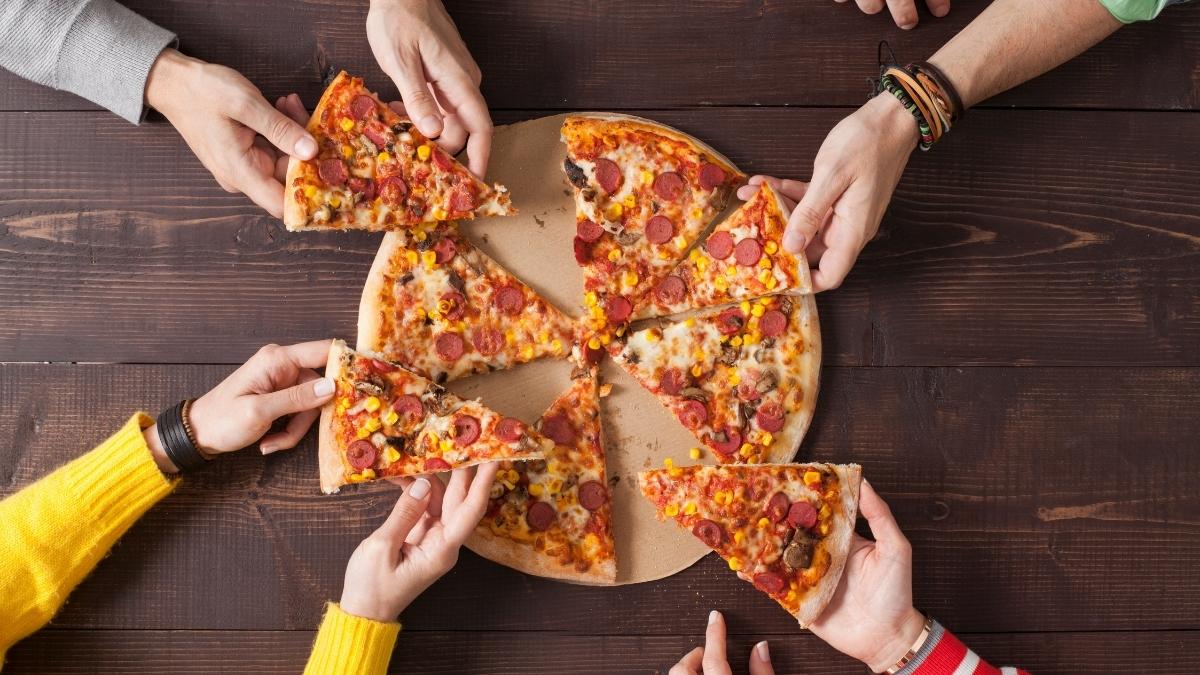
Fast food combines everything bad for your liver in one meal. Refined carbs from the buns and crust, unhealthy fats from deep frying, and massive amounts of sodium. A typical fast food burger and fries can contain over 1,000 calories and 60 grams of fat.
The refined carbs cause blood sugar spikes. The trans fats and excessive saturated fats overwhelm your liver’s processing capacity. The sodium creates inflammation. Put it all together and you have a recipe for liver damage.
Pizza isn’t much better. The processed meats, refined flour crust, and cheese overload create the same problems. Many chain pizzas also use vegetable oils that contain trans fats in their crusts and sauces.
Make healthier versions at home. Use lean ground turkey, whole grain buns, and baked sweet potato fries. Try cauliflower crust pizza with fresh vegetables and moderate amounts of real cheese. You’ll get the flavors you crave without destroying your liver.
9. Sugary Breakfast Cereals
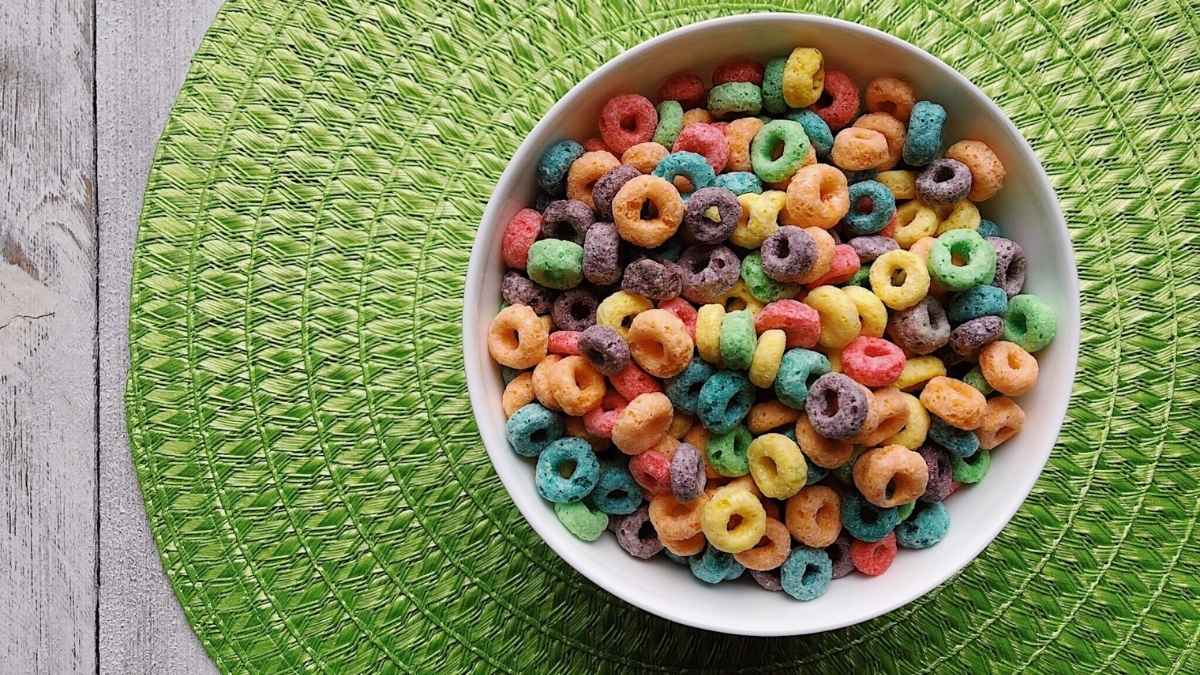
Starting your day with sugary cereal sets up your liver for failure. Most popular breakfast cereals contain 12-18 grams of sugar per serving. That’s like eating cookies for breakfast.
The sugar rush gives you energy for about 30 minutes. Then your blood sugar crashes and you feel tired and hungry again. This rollercoaster exhausts your liver and triggers fat storage. You end up eating more throughout the day to fight the energy crashes.
Many “healthy” cereals are just as bad. Granola, flavored oatmeal packets, and cereals with dried fruit often contain more sugar than obviously sweet cereals. The marketing makes them seem healthy, but your liver knows the difference.
Try plain oatmeal with fresh berries and nuts. Greek yogurt with fruit and a small amount of honey. Eggs with vegetables. These options provide steady energy without the sugar overload. Your liver gets to focus on healing instead of processing excess sugar all morning.
10. Commercial Salad Dressings
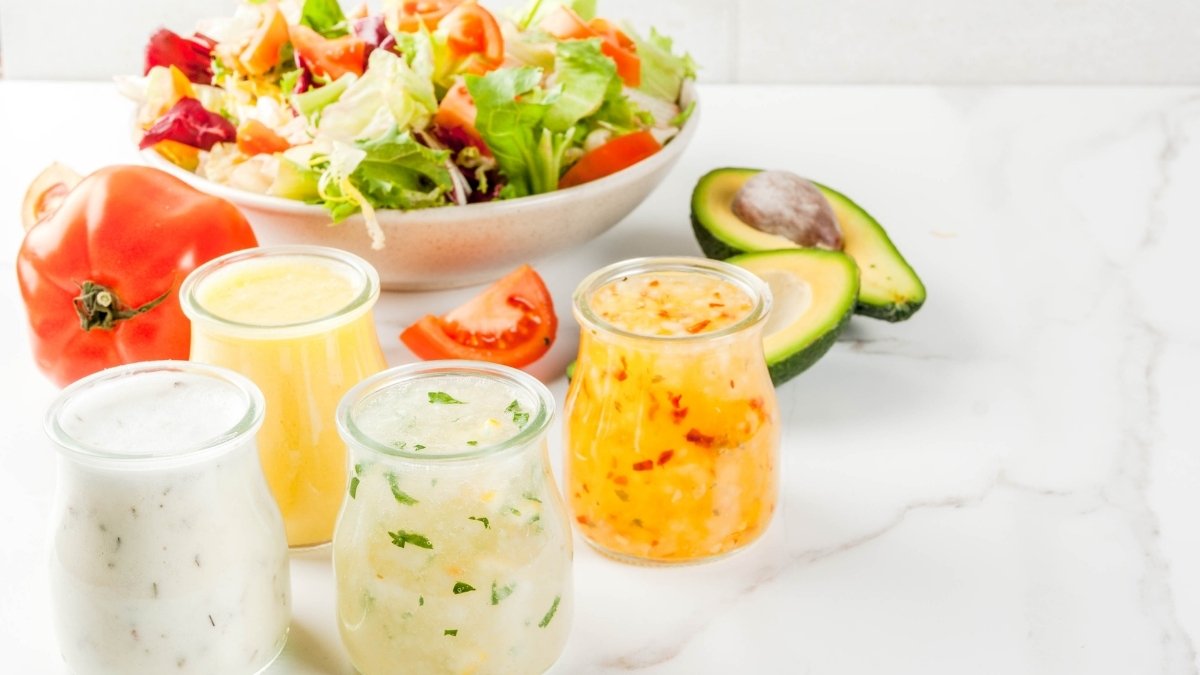
You think you’re being healthy by eating salad. Then you dump 4 tablespoons of commercial dressing on top and add more sugar than a candy bar. Many popular dressings contain high fructose corn syrup as the second or third ingredient.
Commercial dressings also use inflammatory vegetable oils like soybean oil and corn oil. These oils have been linked to increased liver inflammation. The combination of sugar and inflammatory oils turns your healthy salad into a liver-damaging meal.
Even “light” or “fat-free” dressings often contain more sugar to make up for the missing fat. You end up with the same liver problems, just from a different source.
Make your own dressings with olive oil, vinegar, lemon juice, and herbs. Start with a 3:1 ratio of oil to acid, then adjust to taste. Add mustard, garlic, or herbs for flavor. You’ll save money and protect your liver at the same time.
11. Energy Drinks
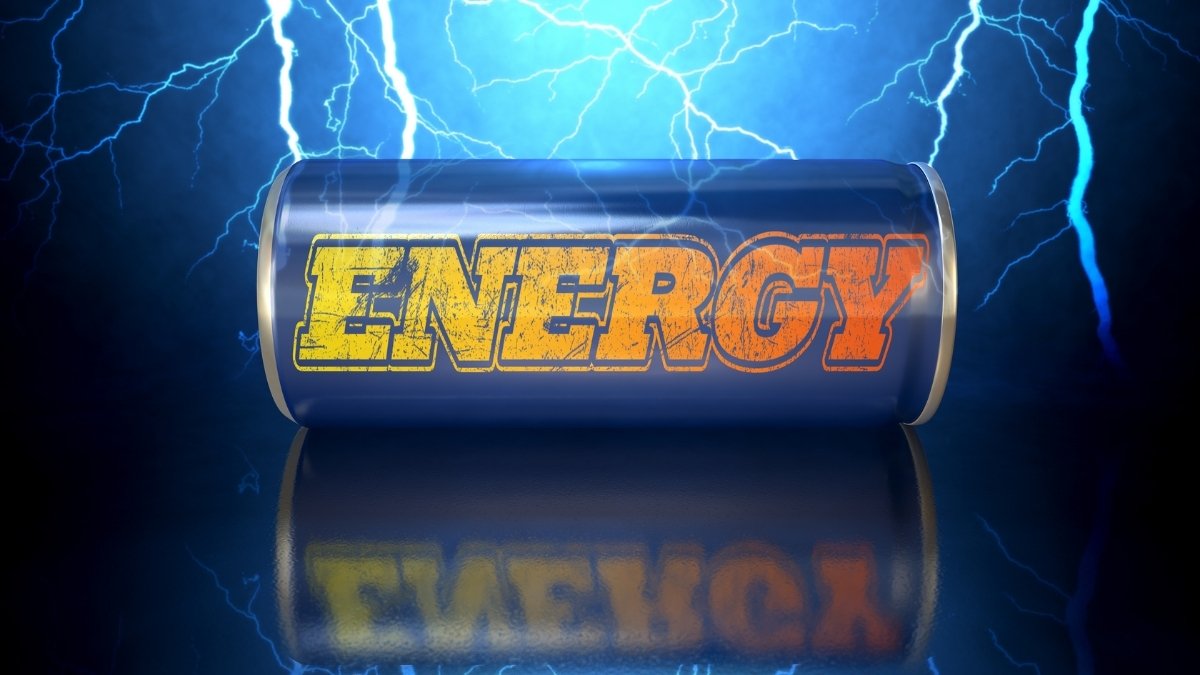
Energy drinks combine caffeine, sugar, and artificial additives in amounts that can overwhelm your liver. A single energy drink can contain 25-50 grams of sugar plus 200-300mg of caffeine. That’s like drinking strong coffee and eating 12 teaspoons of sugar at once.
The high caffeine content can actually raise liver enzymes, which indicates liver stress. Add the sugar load and artificial preservatives, and you have a perfect storm for liver damage. Regular energy drink consumption has been linked to liver problems in healthy young adults.
The artificial additives like taurine and guarana aren’t well studied for their effects on fatty liver disease. But they add to the total toxic load your liver has to process. When your liver is already struggling, every additional burden matters.
Get natural energy from proper sleep, regular exercise, and balanced meals. If you need caffeine, stick to plain coffee or green tea. Add a splash of real cream or a small amount of honey if needed. Your energy will be more stable and your liver will stay healthier.
12. Margarine and Vegetable Shortening
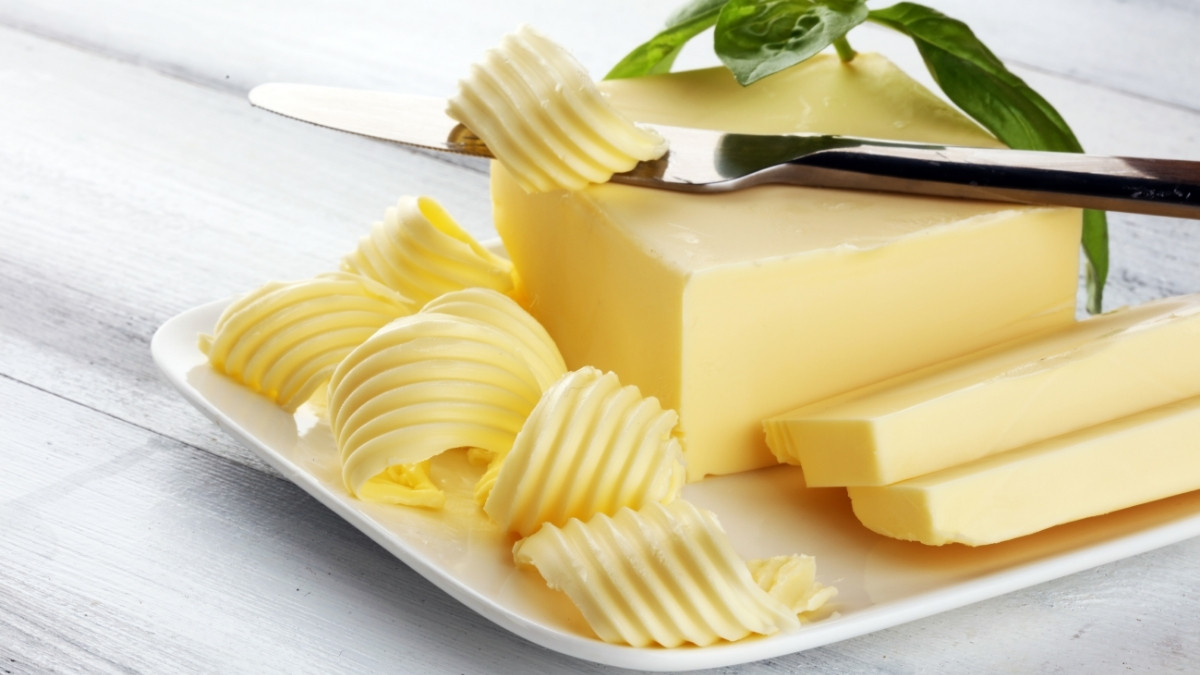
Margarine and shortening are loaded with trans fats, even when the label says “0 trans fats.” Food companies can legally claim zero trans fats if there’s less than 0.5 grams per serving. But those small amounts add up quickly.
These artificial fats are created through a process called hydrogenation. This process creates chemicals that don’t exist in nature. Your liver doesn’t know how to process them efficiently, so they build up and create inflammation.
Trans fats also interfere with your liver’s ability to process other fats. They can make fatty liver disease worse by disrupting normal fat metabolism. The inflammation they cause can damage healthy liver cells.
Use real butter in small amounts, or better yet, switch to olive oil or avocado oil for cooking. These natural fats are easier for your liver to process and don’t create harmful inflammation. Read labels carefully – if you see “partially hydrogenated” oils, avoid that product completely.
13. Instant Noodles
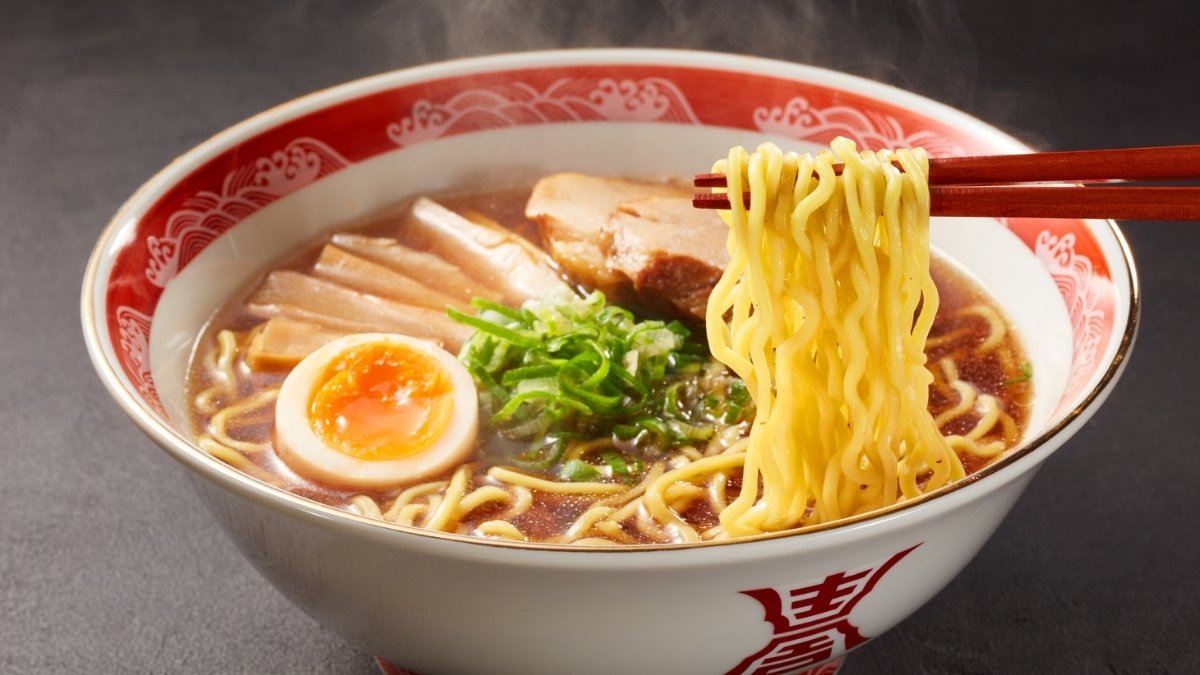
Instant noodles are packed with preservatives, sodium, and refined carbs. A single serving contains about 1,800mg of sodium – almost your entire daily limit. The preservatives used to make them shelf-stable can stress your liver’s detoxification systems.
The processing methods used to create instant noodles also produce harmful compounds. The high-heat treatment and chemical preservatives create substances that your liver has to work hard to remove from your body.
The refined carbs in instant noodles cause the same blood sugar spikes as candy. Your liver gets overwhelmed trying to process the excess glucose and ends up storing it as fat. The high sodium content makes the inflammation worse.
Cook fresh noodles instead. Brown rice noodles, whole wheat pasta, or shirataki noodles are better options. Add fresh vegetables, lean protein, and herbs for flavor. You’ll get a satisfying meal without the liver-damaging additives and excess sodium.
14. Sweetened Yogurts
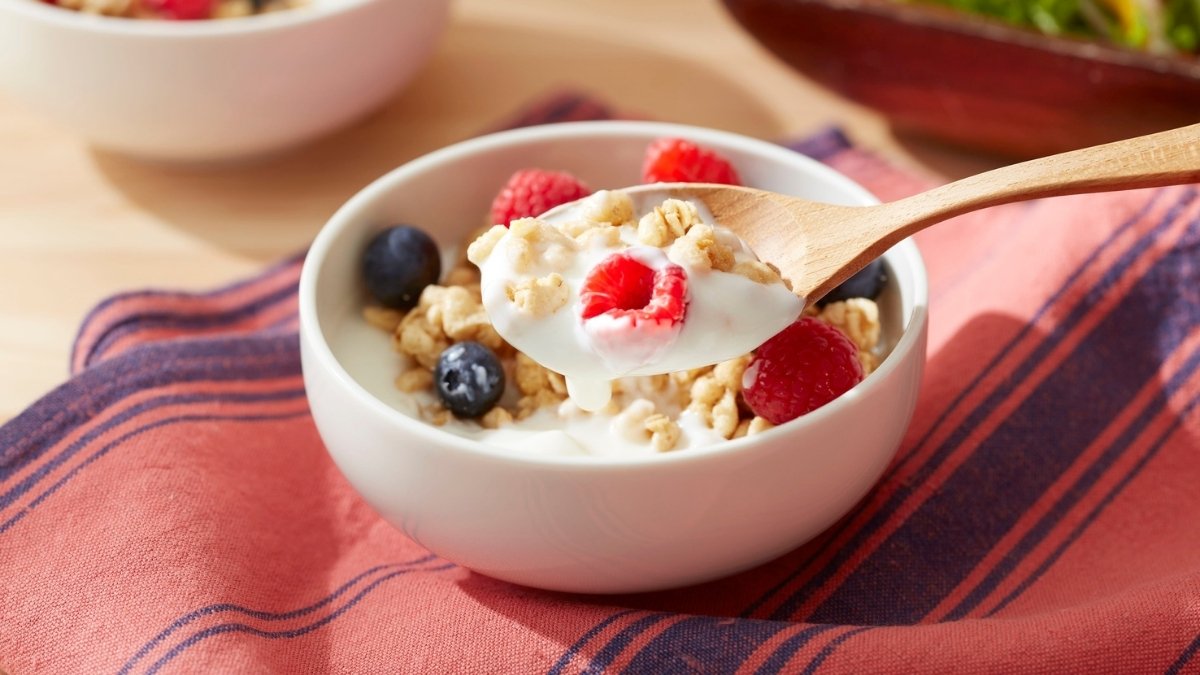
Yogurt should be healthy, but most commercial yogurts contain as much sugar as ice cream. Flavored yogurts, fruit-on-the-bottom varieties, and “light” yogurts often contain 20-30 grams of added sugar per serving.
The probiotics in yogurt can be good for your digestive system and liver health. But the added sugar cancels out most of those benefits. The sugar feeds harmful bacteria in your gut and creates the same liver problems as other high-sugar foods.
Even yogurts with “real fruit” are often loaded with sugar. The fruit is usually in sugary syrup, and additional sweeteners are added to make it taste like dessert instead of healthy food.
Buy plain Greek yogurt and add your own fresh fruit. You’ll get the protein and probiotics without the added sugar. Add a small drizzle of honey if you need sweetness, or try cinnamon and vanilla extract for flavor without the sugar overload.
15. Commercial Fruit Juices
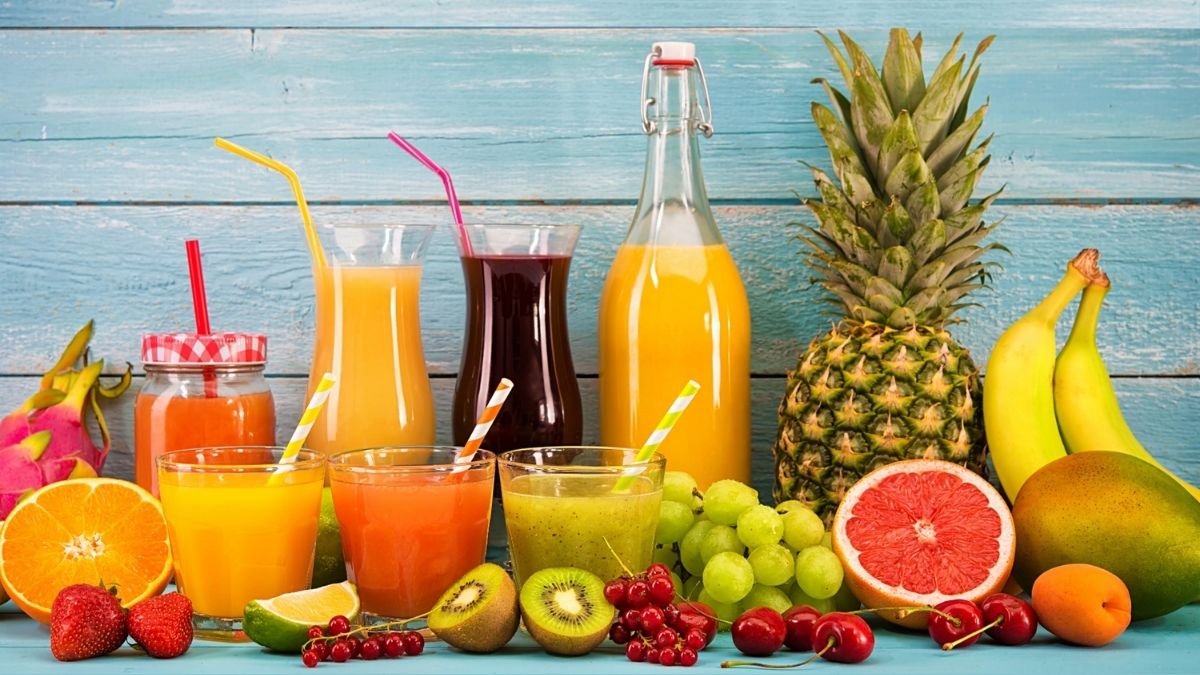
Fruit juice sounds healthy, but it’s basically sugar water without the fiber. An 8-ounce glass of orange juice contains about 24 grams of sugar – almost as much as a can of soda. The lack of fiber means all that sugar hits your bloodstream at once.
When you eat an orange, the fiber slows down sugar absorption and makes you feel full. Juice removes all the fiber and concentrates the sugar. You can drink the sugar from 3-4 oranges in about 30 seconds, but you’d never eat that many whole oranges in one sitting.
Even “100% fruit juice” with no added sugar is still too concentrated for a fatty liver. The marketing makes it seem healthy, but your liver processes it exactly like any other high-sugar drink. The fructose goes straight to fat storage.
Eat whole fruits instead. You’ll get vitamins, minerals, fiber, and antioxidants along with natural sugars your body can handle. If you want fruit flavor in your water, add slices of real fruit to plain or sparkling water. Your liver will process it much better.
The Bottom Line
These worst foods for fatty liver all share common traits: they’re highly processed, loaded with sugar or unhealthy fats, and stripped of nutrients your liver needs to heal. Avoiding them is one of the most important steps you can take for liver health.
The good news? Once you start avoiding these NAFLD diet restrictions and choosing liver-friendly alternatives, your liver can begin healing surprisingly quickly. Most people notice improvements in energy and overall health within just a few weeks of making these changes.
Start by replacing one or two of these harmful foods with healthier options. You don’t have to change everything at once. Small, consistent improvements will add up to big results for your liver health over time.

